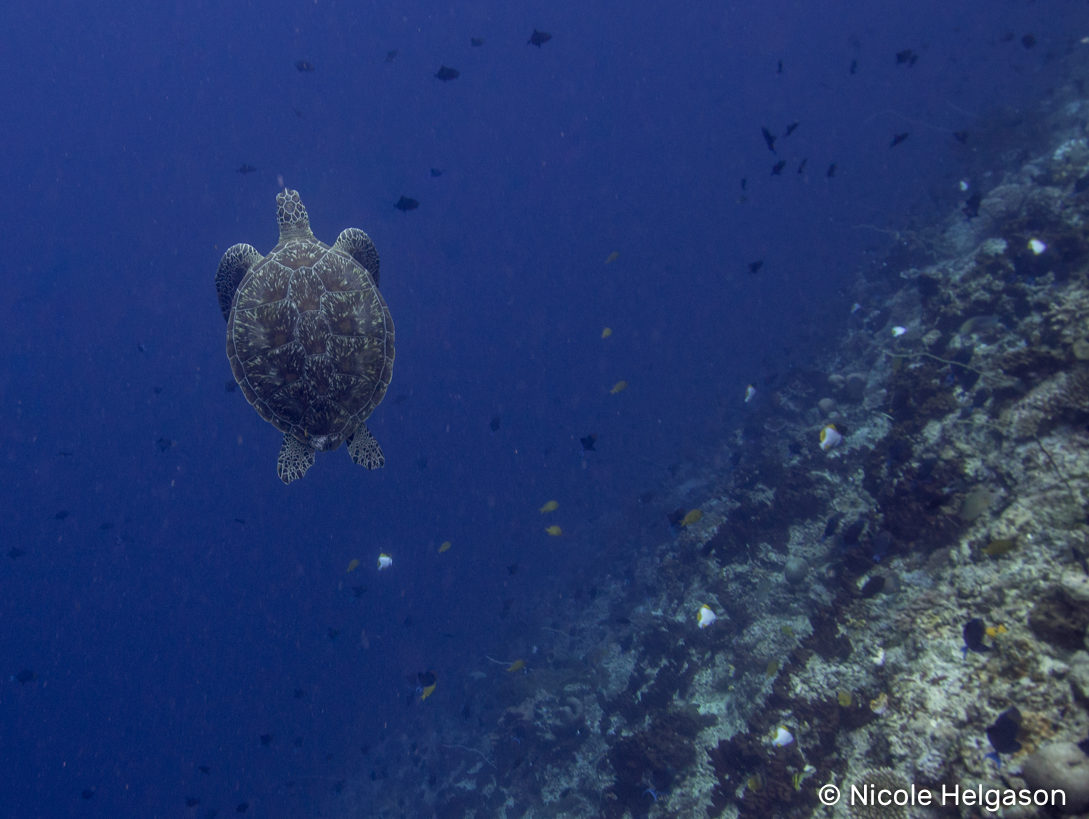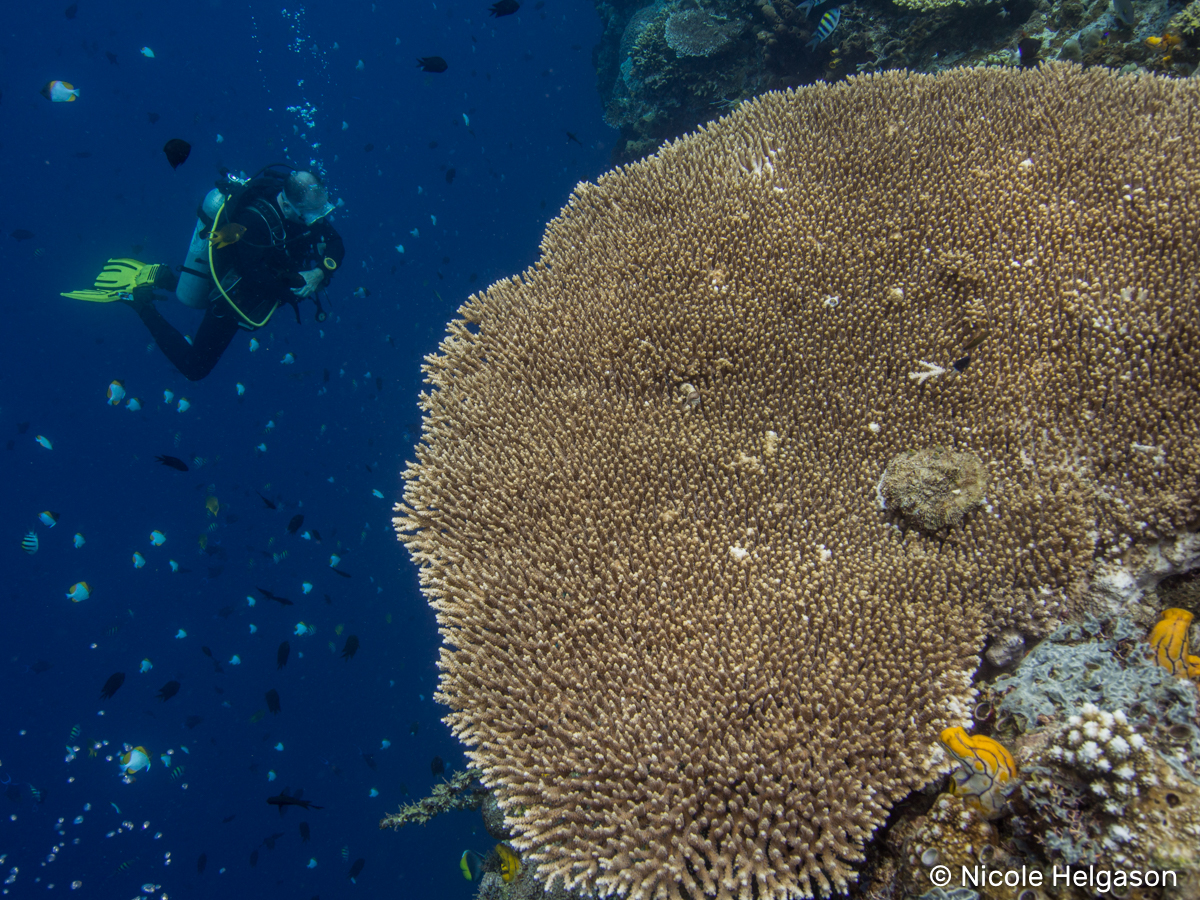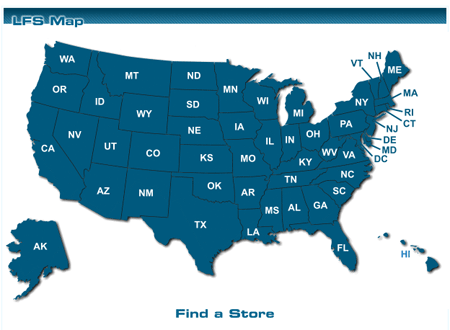Wall Diving
Wall diving is an exhilarating experience every diver must try! The feeling of excitement which starts to build as you swim over a precipice and the reef drops straight into the abyss is something that just can’t be described in words. A mixture of fear and adrenalin rush over as your drift into the deep azure blue.
You start to decent, becoming hyper-aware of your surrounds and especially your dive computer. Before you know it you’ve only started to descend and you’re already approaching 30 m or 100 feet.

Experience Required
Wall diving isn’t for the faint of heart. It requires concentration and mastery of dive skills. But once you start, take this as a warning, wall diving is extremely addictive!
Not all walls are created equal. A wall dive is considered any dive which follow the side of a vertical drop. Walls can be 5-10m deep or descend thousands of meters below the sea. Some are sloping and some sheer vertical rock cliffs.
If you want to try wall diving it’s important to have an advanced certification and experience in a range of diving conditions. Currents can pick up quickly along the side and top of walls so it’s important to only wall dive with someone with local knowledge. You should always dive with your own dive computer and frequently monitor your depth, bottom time and air consumption.
Bunaken National Park
The Bunaken National Park in Northern Sulawesi has some of the world best wall dives, with steep drop offs, crystal clear water, a huge diversity of marine life, and more sea turtle you can count in a single dive.
The park is located near the center of the Coral Triangle, providing habitat to nearly 400 species of coral. If you want to learn more about corals from Bunaken we recently wrote a post about 20 corals you can identify from Indonesia.

We stayed at the Murex Dive Resorts Manado a professional, friendly,
family-run resorts with outstanding personalized service. We highly recommend Bunaken Park for wall dives and outstanding coral diversity.




